Best Low Chill Cherry Varieties?
Suzi AKA DesertDance So CA Zone 9b
10 years ago
Related Stories

EDIBLE GARDENSHow to Grow Your Own Luscious Cherries
Nope, they’re not the easiest fruit to grow. But with spectacular blossoms and pies as possibilities, cherries are sure worth a try
Full Story
ENTERTAININGBeat Winter's Chill With an Indoor Picnic
Build warm memories with loved ones by bringing lighthearted outdoor dining to your living room
Full Story
KITCHEN DESIGNSmall Luxuries: Chill at Home With a Specialty Ice Maker
Get perfectly clear cubes — and never wrestle a tray again — with a freestanding or built-in ice maker
Full Story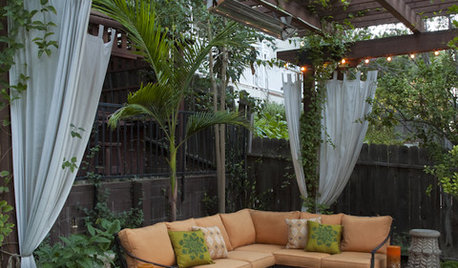
GARDENING AND LANDSCAPINGChill Out: 10 Cool Ways to Beat the Heat Outdoors
Step away from the A/C's artificial blast — and treat yourself to these more natural cool-down methods in the great outdoors
Full Story
GARDENING GUIDESGreat Design Plant: Rosa Banksiae a Low-Maintenance Beauty
This thornless, disease- and insect-resistant rose brings showers of white or yellow flowers to the spring garden
Full Story
INSIDE HOUZZSee the Results: The Houzz/Lowe’s Dream Kitchen Sweepstakes
An interior designer and products from Lowe’s help this homeowner fulfill a kitchen dream
Full Story
KITCHEN COUNTERTOPS7 Low-Maintenance Countertops for Your Dream Kitchen
Fingerprints, stains, resealing requirements ... who needs ’em? These countertop materials look great with little effort
Full Story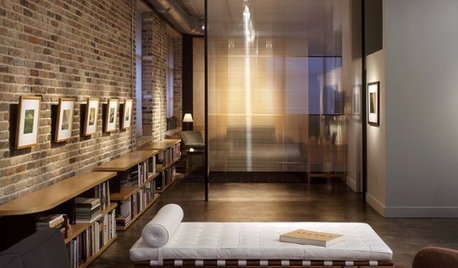
MATERIALSMaterials Workshop: Polycarbonate — a Low-Cost Alternative to Glass
Looking for something lighter, stronger and less expensive than glass? Multiwall polycarbonate may be a good option
Full Story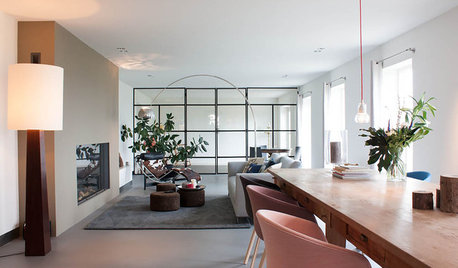
HOUZZ TOURSMy Houzz: Turning a Netherlands Barn Into a Country Home
Once a place for chilling milk, this Dutch home now lets the owners chill out in easygoing comfort
Full Story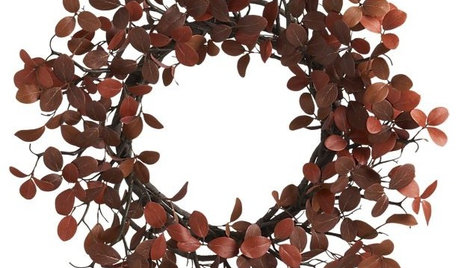
PRODUCT PICKSGuest Picks: Warm Fall Finds for the Home
Whether warm in color or texture, these decorative pieces will help take the chill out of the air this season
Full Story





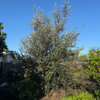
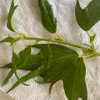
hoovb zone 9 sunset 23
Suzi AKA DesertDance So CA Zone 9bOriginal Author
Related Professionals
Fort Lee Landscape Architects & Landscape Designers · Manhattan Beach Landscape Architects & Landscape Designers · West Chester Landscape Architects & Landscape Designers · Hayward Landscape Contractors · Hollywood Landscape Contractors · Plantation Landscape Contractors · Salem Landscape Contractors · Selden Landscape Contractors · Smyrna Landscape Contractors · Golden Valley Landscape Contractors · Midwest City Swimming Pool Builders · Chicago Window Contractors · Northridge Window Contractors · River Forest Window Contractors · University Window Contractorsparker25mv
tim45z10
parker25mv
parker25mv
parker25mv
Jason (Zone 10b, San Diego)
Baby G (USDA:10a, Sunset:21&23 SoCal-NE. Mt Washington, Lo-Chill: 200-400 Hrs, So
brettay
Baby G (USDA:10a, Sunset:21&23 SoCal-NE. Mt Washington, Lo-Chill: 200-400 Hrs, So
brettay
parker25mv